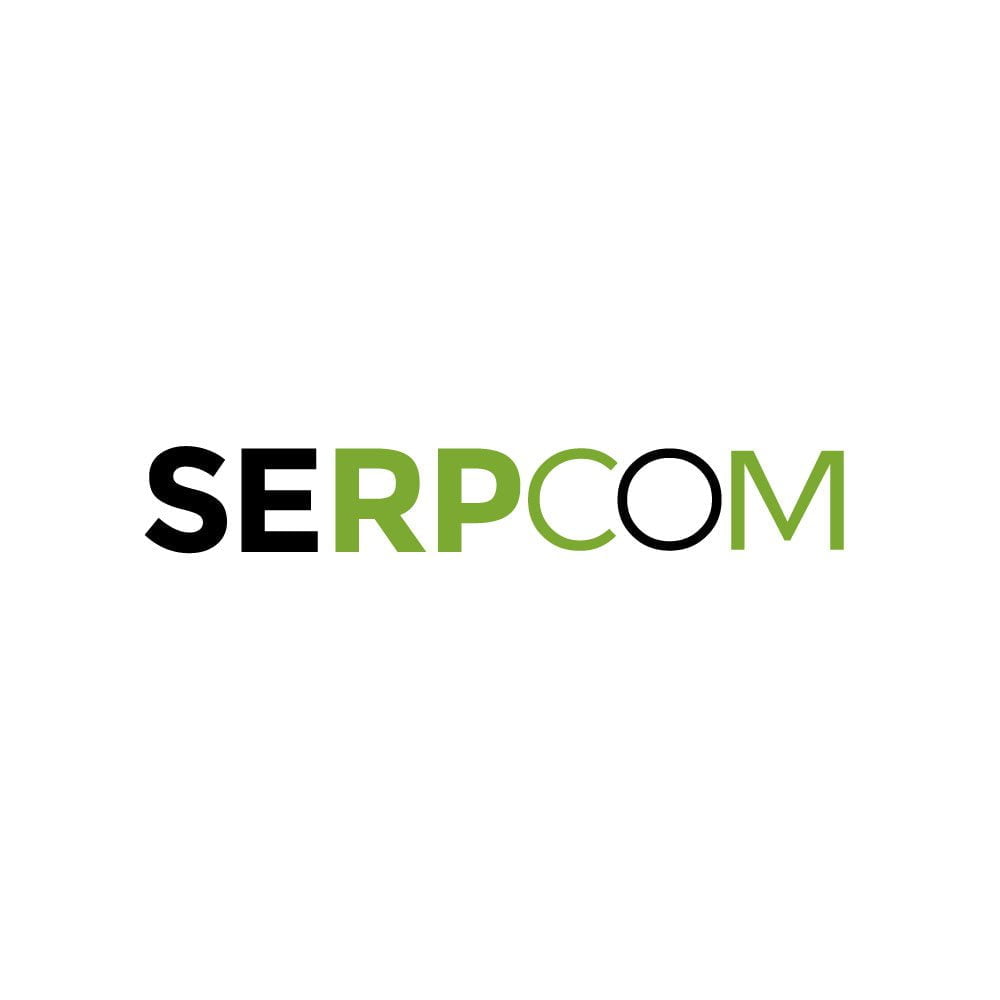We’ve already walked through how to build & properly set up your Performance Max campaigns to lean into Google’s best practices. Of course given how this campaign type evolves over time in terms of capabilities, we thought we’d dive back into PMAX to share some tests that our team has been running.
While the number of levers an advertiser can pull to optimize PMAX is still relatively limited, there are some higher priority tests we recommend launching if you find they’re relevant for your client’s brand:
- Launch PMAX without assets to mimic Smart Shopping
- Launch promo-focused asset group(s)
- Segment top AOV or priority products into a separate PMAX campaign
- Implement New Customer Acquisition bidding
It’s important to keep in mind that some of these results are initial findings and we’re still early into the testing periods, but still definitely worth considering these optimizations for your accounts! Let’s dive in.
1. Launch PMAX without assets to mimic Smart Shopping
It’s not uncommon for advertisers to have seen fantastic performance with Smart Shopping, which has caused some frustration and in turn, testing, in the PPC world over the last year as PMAX took Shopping’s place. The closest tactic we have to Smart Shopping is a Performance Max campaign stripped of its text, image and video assets. Google will force advertisers to create a net new campaign to run this tactic, as it is impossible to completely remove assets once a fully built out PMAX campaign has launched (at least for now)! This means that the “No Assets PMAX” campaign’s only pieces to optimize toward are the product feed and audience signals. We tested this among a handful of fashion accounts and saw the following results:
- For a women’s boutique fashion brand, we are running 3 PMAX campaigns without assets, broken out by product category. Since launching in November 2022, these campaigns have driven a collective ROAS of >5x.
- The CVR is also stronger than the industry average of fashion clients we manage at Power Digital.
- For a women’s luxury fashion brand, we launched 3 test campaigns on 1/26 and have already seen super strong initial results just in the first week:
- Comparing our new assetless campaigns to the legacy PMAX campaigns, we’ve spent -12% less PoP but driven a stable ROAS and +13% stronger CVR, while increasing Shopping placements from 55% in the legacy campaign to 94% in the assetless campaign.
- These mirror their legacy counterparts exactly, just without assets and with lower ROAS targets to allow the algorithm room to ramp up without such lofty efficiency goals.
- Lastly, a men’s subscription clothing brand. This account has increased shopping placements on PMAX by nearly 50% when looking at the last 2 weeks PoP since launching the new campaigns.
- One of our fears with PMAX is that efficiencies can be so strong because most of the users coming in are returning (aka branded terms), improving ROAS given they’re lower in the funnel already. Assetless PMAX’s ability to shift more of its placements into shopping tells us we are achieving that goal of getting closer to a true shopping campaign.
- Through the shift to assetless campaigns, we’ve seen CPA drop by -14% as a result of the increased shopping placements and reduction in GDN and YouTube placement costs.
- Pro Tip: You can see where your PMAX ads are serving in the Insights tab of the campaign.
2. Launch promo-focused asset group(s)
_____________________________
We manage Paid Media for an outdoor supply company that runs promotions throughout the year, with Q4 being no exception with the normal bustle of Black Friday / Cyber Monday and year end sales.
We hypothesized going into this always-busy time of year that by leveraging the asset group level of Performance Max campaigns to our advantage with more tailored creative and audience signals, we could better resonate with the user, serving them super sale-relevant messaging and driving to the sale landing pages.
Despite spending -18% less across all tactics on Google Ads in Q4 YoY, ROAS improved +16%. Looking at Smart Shopping last year & PMAX this year, Shopping spent -24% less, but revenue didn’t drop at the same rate, resulting in that +16% stronger ROAS. A large part of that was due to launching separate sale asset groups to support BFCM and EOY sales.
Our theory proved true, which we gained visibility into via THIS script, which shows advertisers how asset groups are stacking up against each other. One of our team’s gripes with PMAX is its lack of granular reporting and insights, so you can imagine that when a team member stumbled upon this tool, we jumped for joy. It helps identify which groupings are driving results, and enables the advertiser to make more data-backed recommendations to the client around creative and overall strategy. Win win!
_____________________________
Even before the script was applied to gather more granular insights, we found that launching a separate holiday asset group for a subscription based brand in the wellness space helped contribute to strong PoP campaign level performance for Performance Max.
Looking at the time we launched the new asset group with holiday / gifting messaging vs. the previous period, (~2 weeks of data PoP), our campaign spent -42% less, but drove a +32% stronger CTR, +35% stronger CVR, all at a +44% higher ROAS.
_____________________________
In general, when looking across multiple PD clients who ran promo-specific asset groups in tandem with evergreen, the sale groups outperformed evergreen across all major metrics, except for CPCs and CPA.
More specifically, sale asset groups drove a:
- +118% stronger CTR
- +42% stronger CVR
- +6% higher ROAS
- +22% higher AOV
3. Segment top AOV or priority products into a separate PMAX campaign
_____________________________
For a women’s apparel brand, we saw stronger shopping performance in December 2022 than we had all year, but especially when comparing to December 2022.
Looking at December YoY, Shopping as a whole drove +60% more revenue leveraging PMAX s. Smart Shopping in 2022. This also came with:
- -31% lower CPCs
- +114% stronger CTR
- +78% more conversions
- PMAX did however drive a -39% lower CVR & -19% lower ROAS than Shopping, although ROAS was still healthy compared to account averages.
To continue that momentum, we tested breaking out our products by seasonality into their own PMAX campaign. So far MTD, we’ve seen incredible gains across all PMAX campaigns:
- Stable CTR
- +31% stronger CVR
- +42% stronger ROAS
_____________________________
For a women’s luxury fashion brand, we saw in Q4 that Performance Max was slowing down on the incredible results it had once seen. It was time to start pulling some levers to see how we could turn things around. One of the more major optimizations made included segmenting our main general PMAX campaign out into a new campaign to contain only the top priority / top AOV products. The theory being that Google could more fully fund and optimize the styles that matter to our client, without the additional noise of lower priority styles / asset groups.
Since launching in mid-December, the new campaign has driven strong performance. What’s more interesting to note is that the General campaign which we initially segmented from drove improved performance PoP across a couple priority metrics:
- +8% stronger ROAS
- -22% lower CPCs
We also found through the asset group script that one of the priority styles we broke out into the new campaign drove a +35% stronger ROAS. The other styles have remained about the same and we are monitoring the data for more insights.
4. Test New Customer Acquisition Bidding
_____________________________
For a women’s apparel brand, we found that leveraging new customer acquisition targeting helped the Performance Max campaign being tested to drive the strongest CTR of all six PMAX campaigns, and the second strongest CVR and ROAS.
Since launching this test in one of the six PMAX campaigns on 10/25, it has driven:
- +25% higher CTR than PMAX average from 10/25 – 1/19
- +3% higher CVR than PMAX average
- Same ROAS as PMAX average
- Within the same date range, Prospecting & Paid Search efforts were able to increase new customers by +8% PoP.
In that same vein, it’s important to consider what you want to assign as values when applying New Customer Acquisition bidding. We tend to stick with $10-$20 to avoid overly inflating in-engine revenue while still allowing Google to optimize towards new customers, but we would love to hear your thoughts if you’re testing something different!
We look forward to collecting more data across the above tests and rolling these out to even more accounts.
The post Pressure Testing PMAX Yields Strong Results For Clients Across Multiple Industries appeared first on Power Digital Marketing.
Article From: "Molly Quinn" Read full article
 SERPCOM is a full-service Boston digital marketing agency focused on improving online visibility, increasing traffic, raising revenue and providing SEO services.
SERPCOM is a full-service Boston digital marketing agency focused on improving online visibility, increasing traffic, raising revenue and providing SEO services.
SEO-first: A fundamentally better approach to online marketing.
Digital Marketing | SEO | Web Design & Development | Search Engine Marketing

SERPCOM is a full-service Boston digital marketing agency focused on improving online visibility, increasing traffic, raising revenue and providing SEO services. SEO-first: A fundamentally better approach to online marketing.
Digital Marketing | SEO | Web Design & Development | Search Engine Marketing
SERPCOM is a full-service Boston marketing agency focused on improving online visibility, increasing traffic, raising revenue and providing SEO services for leading brands.
Maximize the value of your website and turbo charge your online marketing efforts with SERPCOM. Call or click the button and start making the web work for you.
Just click on the Phone Number to dial on your phone:





